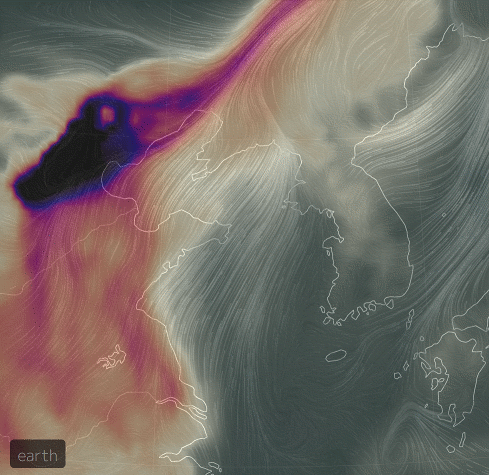Current Situation in Korea

In the 2019 World Air Quality Report published by Air Visual, a global air pollution research institute of Greenpeace, an international environmental group, Korea ranked No.1 in ultrafine dust pollution among OECD member countries.
The main causes of fine dust are emission in the city itself, dust converted from gas pollutants through reactions, inflow from the outside, and outflow to the outside. Emissions are the process of dust itself, with natural sources and artificial sources of emissions; in 2002, about 74 percent of the total fine dust emissions were vehicle sources. Fine dust is mainly emitted from diesel vehicles. The secondary dust generated by the reaction can be converted into dust by the gas component through photochemical reactions in the atmosphere which is called secondary dust. Dust components such as sulfate, nitrate, and ammonium are representative secondary dust components that affect air pollution. Since Korea is located on the wind side of China, which emits a large amount of air pollutants, so long-distance movement of air pollutants can have a great impact on the air environment of Korea.
In March 2012, the World Health Organization announced that one out of every eight deaths worldwide died from indoor and outdoor air pollution. In other words, 7 million people died as a result of indoor and outdoor air pollution, of which 3.7 million died from air pollution, especially fine dust.
According to the data provided by the Ministry of Environment, the average concentration of fine dust in seven major cities in Korea is 26.14 μg/m^3 in 2015, it is decreasing to 24.29 μg/m^3 in 2016, 24.14 μg/m^3 in 2017, 22.71 μg/m^3 in 2018, and 22.29 μg/m^3 in 2019, but it is still higher than 10 μg/m^3 in WHO standard, and it seems that the damage caused by fine dust will increase if such figure continues.




